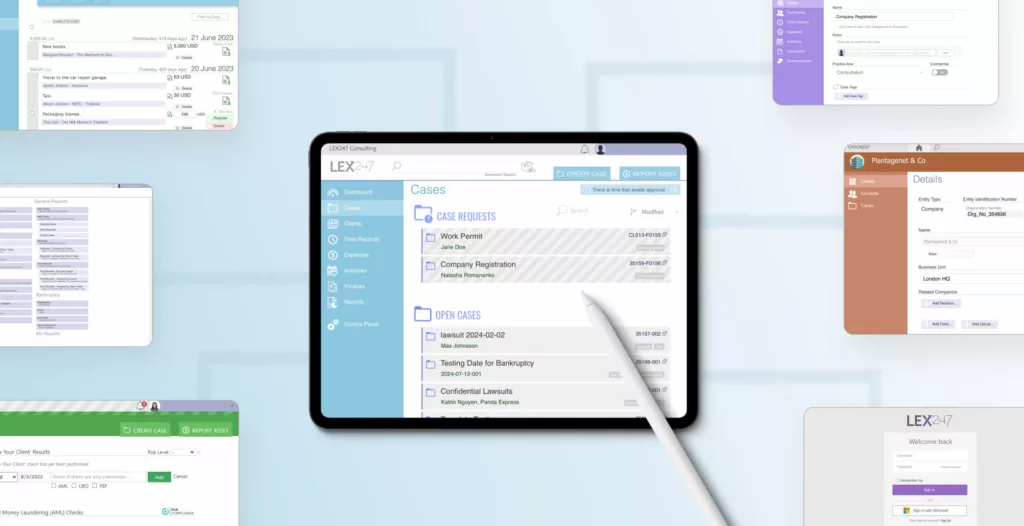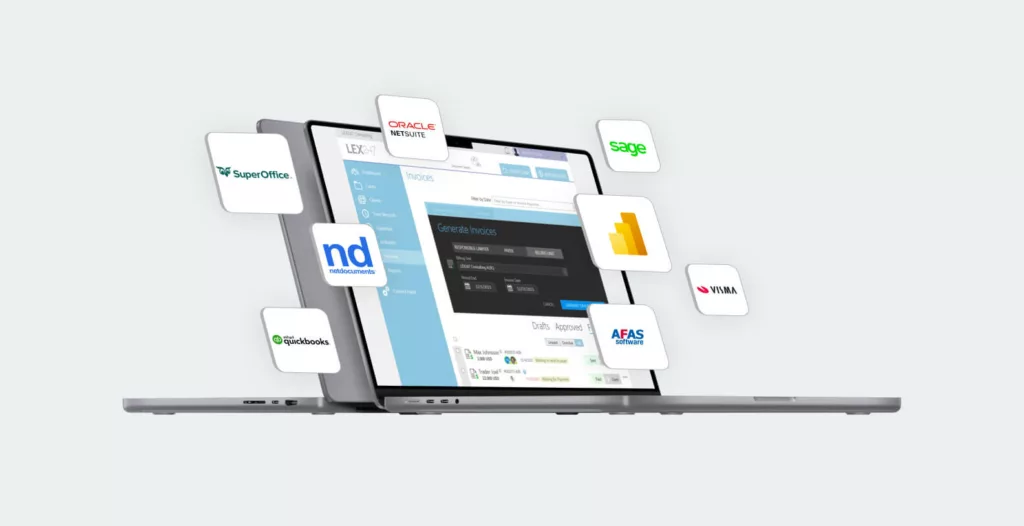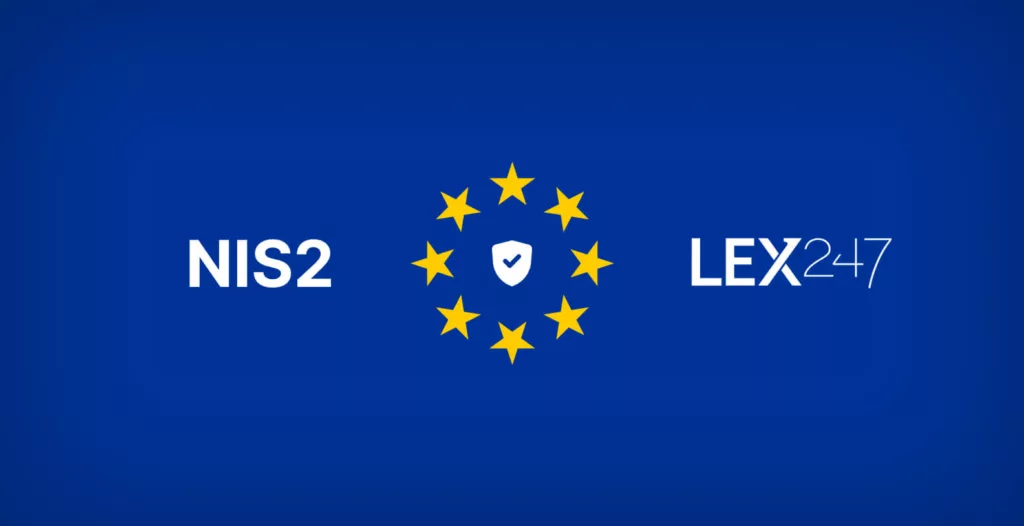An e-signature, also known as an electronic signature, is a digital method of signing documents without the need for pen and paper. E-signature solutions such as Adobe Acrobat Sign, DocuSign, and PandaDoc have transformed the signing process in the legal industry, making it easier than ever for lawyers and clients to sign documents. In this blog post, we will look into the benefits of e-signature solutions and discuss the potential risks to consider.

Benefits of E-Signature Solutions
Convenience at Your Fingertips
The combination of e-signature solutions with mobile devices that have touch screens has revolutionized how lawyers and clients sign documents. Now, they can sign papers anytime and anywhere, whether it’s during an important client meeting or while collaborating remotely. With just a touch of the screen, they can quickly seal the deal without any hassle. Moreover, devices like iPhones, iPads, and touch-enabled laptops are lightweight and portable, allowing lawyers to carry their office in their pockets and be ready for action at all times.
Embracing a Paperless Workflow
Rather than dealing with stacks of physical documents, lawyers can now sign and store files digitally. This eliminates the need for printing, scanning, and storing paperwork, saving time, space, and expenses. Going paperless improves efficiency, organization, and contributes to a more eco-friendly approach in the legal field.
Minimizing Costs and Human Error
With e-signature solutions, lawyers can now sign and store files digitally instead of dealing with stacks of physical documents. This eliminates the need for printing, scanning, and storing paperwork, saving time, space, and money. Going paperless improves efficiency, organization, and promotes an eco-friendly approach in the legal field. Furthermore, digital storage keeps all the important documents in one place, making it easier to access and ensuring their security from loss or unauthorized access.
Integration with Legal Practice Management Software
Lawyers can streamline their work by connecting document signing processes with legal practice management software such as LEX247. This integration automates document storage, retrieval, and organization, lowering errors and saving time. Legal professionals can also easily access and manage documents within the software, promoting smooth collaboration and teamwork and, as a result, improving accuracy and collaboration within law firms.
Risks and Concerns of E-Signature Solutions
Security Risks
While e-signature solutions prioritize security, there is always the possibility of data breaches or unauthorized access. To effectively mitigate these risks, choose reputable and trustworthy e-signature providers with robust security protocols in place.

Technical Issues
Like any digital platform, e-signature solutions may encounter occasional technical glitches or downtime, which could disrupt the signing process. Having backup plans and contingency measures in place can help minimize the impact of such situations and ensure smooth operations.
Adoption Challenges
Moving to e-signature solutions might involve some adjustment and training for lawyers and staff. There could be adoption challenges as people get used to new processes and technologies. It’s crucial to offer thorough training and support during the implementation phase to ensure successful transition and minimize any temporary decrease in productivity.
Conclusion
E-signature solutions are crucial and quickly becoming the future of how law firms work. As the legal industry becomes more digital and reduces its reliance on paper, e-signature offers a convenient and speedy way for lawyers, staff, and clients to sign documents on touch-enabled devices wherever and whenever they need to.






